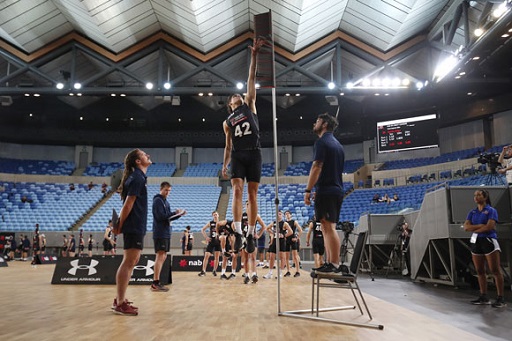3.4 Anaerobic power/capacity
The first three determinants (VO2 max, lactate threshold and exercise economy) have been synonymous with endurance research for years. However, more recent research has added anaerobic power and/or capacity as a fourth key determinant of endurance exercise. Research suggests that power tests (that is, vertical jump and 50 m sprint test) correlated relatively better with 5–10 km performance than VO2 max (Baumann et al., 2012; Blumkaitis et al., 2016).
Middle-distance races (1500 m to 5 km) are commonly run at 90–100% of VO2 max and therefore a considerable contribution is required from the anaerobic energy system during the race because the races are at an intensity beyond their anaerobic threshold. The anaerobic energy system may be used not only to maintain a high speed (power output) during the race, but also to gain a fast start, quickly pass a competitor, chase down a breakaway or engage in a sprint finish.
Now that you’ve gained more understanding of the key physiological determinants of endurance exercise, the next stage is to determine the most effective training methods for developing these determinants.

